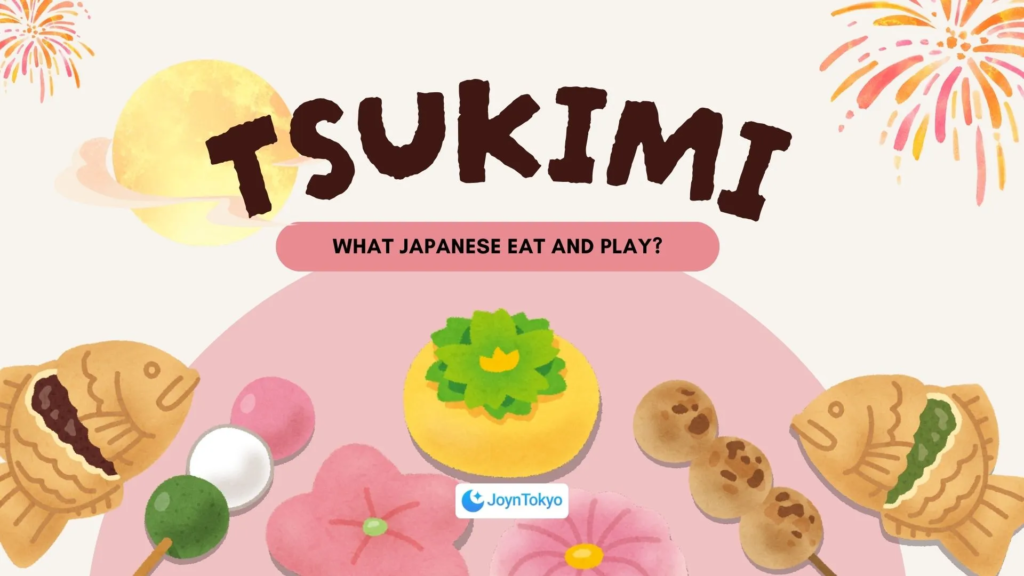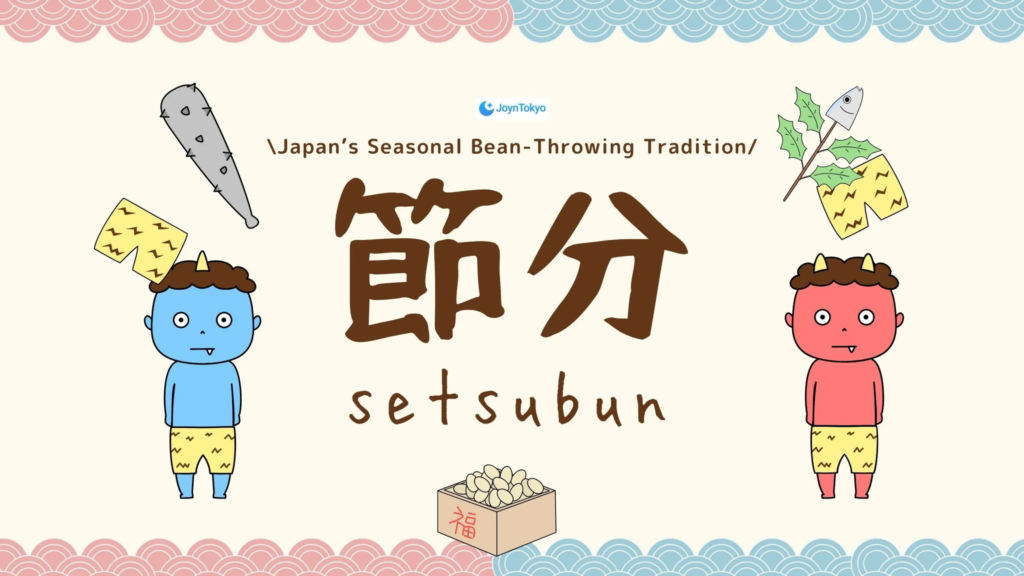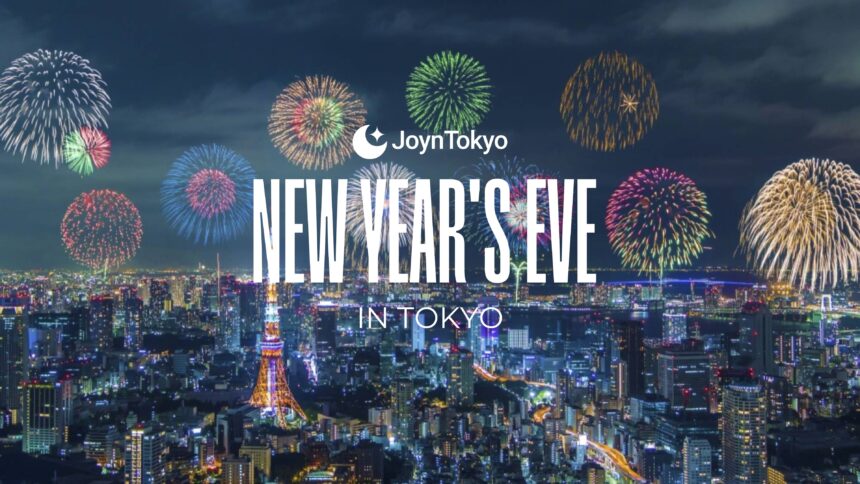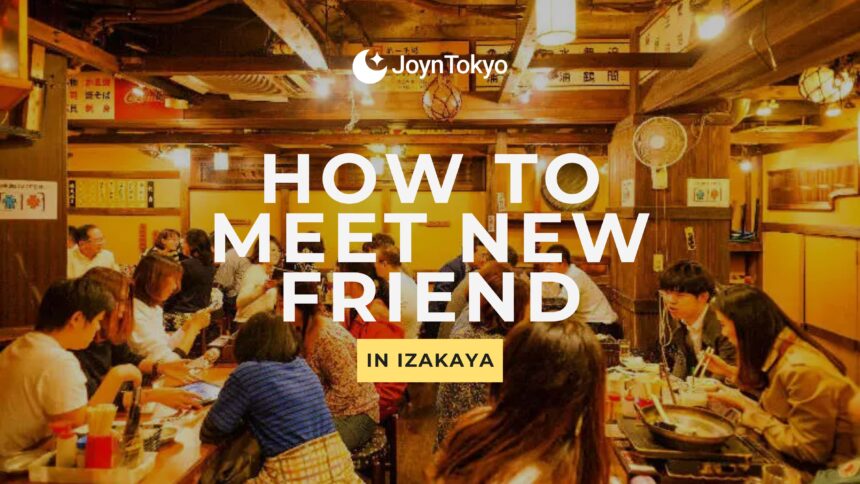Discover Matcha at a Glance
In Japan, matcha is more than just a photogenic latte: it is a living thread that joins Zen Buddhism, samurai focus, and neon-lit cafés into the same cultural fabric. This guide explains how powdered green tea travelled from 12th-century monasteries to modern espresso bars, why regions such as Uji and Nishio dominate the global stage, and how you can whisk an emerald bowl at home with confidence!
The Story Behind Matcha in Japan
Before we dive into tasting, let’s trace how matcha became Japan’s “green gold.” It crossed a sea and has endured for hundreds of years before becoming one of the most
From Buddhist Monks to Today’s Cafés
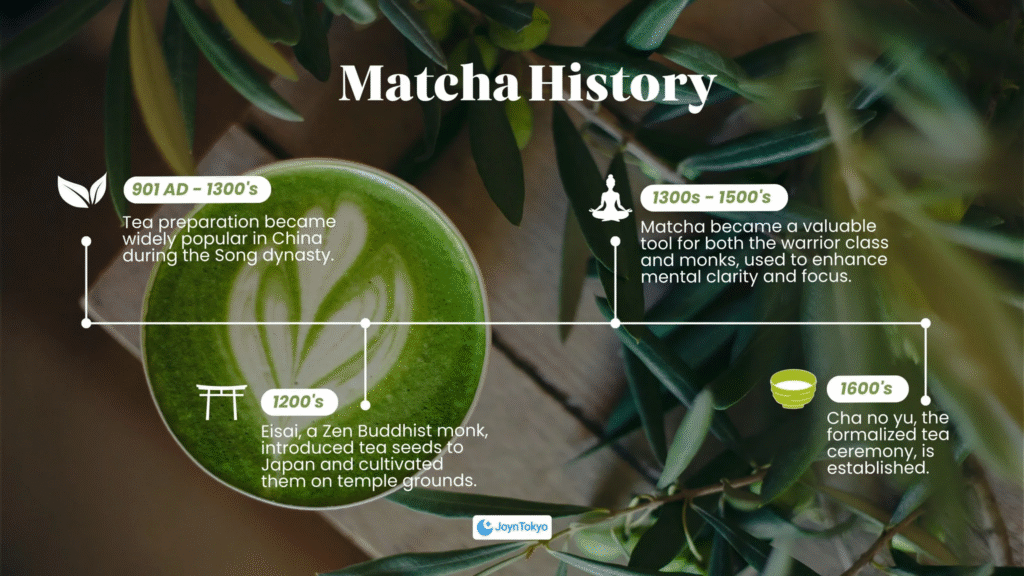
Buddhist monks first imported tea seeds from China in the early first millennium,, whisking the powder to sustain meditation. By 2025, office workers grab matcha-espresso shots before meetings: proof that Japan improves on tradition, rather than replacing it.
Regional Styles of Matcha
Uji (宇治, Kyoto): Sat on the outskirts of Kyoto itself, this town, itself home to UNESCO World Heritage Sites, such as the Byodo-In Temple, is home to some of Japan’s finest matcha. Named for the misty, veridian Uji river on which it sits, the nutrient-rich waters flow from nearby valleys to infuse umami into the matcha leaves.

Nishio (西尾, Aichi): Sandy soil produces naturally sweeter powder, ideal for desserts. Roughly 90% of Japan’s matcha comes from this small area, believe it or not, making it Japan’s matcha capital. Because the small city of Nishio enjoys less fame than Kyoto, it is still considered something of an undiscovered treasure.

Experiencing Matcha Culture 2025
Whether you bow in a tatami room, or order tea under an LED kanji display, hospitality is the core of Japanese tea. Because matcha is the tea most often used in traditional ceremonies, it is arguably the most revered of teas in Japan. This reverence means that many rituals have grown up around it. But don’t worry, we’ll take you through them.
Matcha Tea Ceremony Etiquette
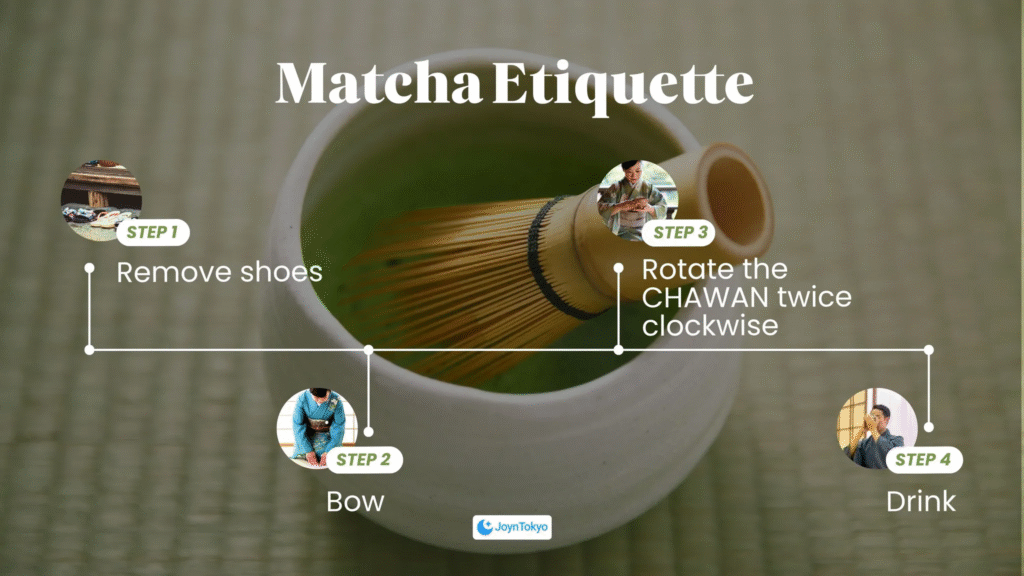
This is an intricate ceremony, and for your first time, it is likely that an experienced ceremony master will guide you through the ins and outs. The basics are that one should whisk one’s own tea until the matcha has a fluffy foam at the top. Next, bow, and rotate the chawan tea bowl twice clockwise before sipping. While kimono or yukata are common at such ceremoneis, smart-casual attire is acceptable, because sincerity outshines formality.
How to Make Matcha the Japanese Way
As mentioned above, matcha is best enjoyed in the traditional way through whisking until a silky foam and vivid jade colortops your tea. But while these results come from technique, not muscle, you will also need the tools. Let’s go through a few of them now.
Choosing an Authentic Matcha Set
The most vital piece is the bamboo whisk, known as chasen, without which creating the essential foam is impossible. But you’ll also need to get some real matcha bowls: your soup or cereal bowl won’t cut it. If you’re looking to push the boat out, we’d recommend that you seek out bamboo whisks from Takayama in Nara and bowls fired in Shigaraki or Mino kilns.

Preparing the Tools
Make sure that your chawan and chasen, are clean. If necessary, wash and then dry them. Prepare your matcha powder, and very hot (but not boiling) water. Then get ready to have your own ceremony!

Whisking Techniques
First, put your matcha into the bowl. Next, add roughly 60ml of water at around 80°C. Start to slowly to dissolve the powder with the whisk, then start getting faster: whip the tea in a “W” motion from the wrist. Finish with a gentle pull to polish the surface. If you hear a soft hiss? You’re doing it right. Remember it’s all in the wrist, strength is not important here.

Common Mistakes to Avoid
Don’t use boiling water for matcha: the heat can scorch the flavor. As mentioned, bamboo whisks really are essential: metal spoons can taint the aroma, and unrefrigerated powder fades quickly. Here is the Holy Trinity: cool water, bamboo tools, and airtight tins.
What is Matcha Good For?
Antioxidant-rich matcha now colors chocolate, skincare serums, and convenience-store smoothies. It has gone beyond the ceremony, an it’s now in the streets! Here are just a few examples of how matcha is applied aside from being a tasty hot beverage.
Culinary Applications of Matcha
The sweetness or matcha can elevate any number of food and drinks. It is not uncommon for chefs to sprinkle matcha salt on tempura, blend it into soba noodles, or ferment matcha craft beers. Matcha is as versatile as it is delicious!
Matcha is used both in Japan and abroad in desserts and sweet drinks. Matcha lattes have become popular the world over for their unique blend of bitter and sweet. This is also reflected in the increasing number of people who love matcha ice cream overseas. Here in Japan, it has been beloved for years.
Japan loves matcha so much that it is even added to tiramisu, putting an added twist on a classic pudding. As photogenic as it is delicious, it’s a treat for your Instagram just as much as your taste buds.

Health Benefits of Matcha
Matcha is high in epigallocatechin gallate, which is believed to help reduce the risk of heart disease. Indeed, the levels can even outpace standard green tea.
It is also high in catechins, a type of antioxidants known to stabilize dangerous free radicals. This can help to prevent a number of chronic diseases, and its ability to flush out toxins makes it a firm friend of anyone’s liver. In fact, experts have suggested it can be beneficial for those with non alcoholic fatty liver disease.
It also contains a substance called L-theanine, which subtly changes the properties of the high amount of caffeine in the tea. You get the alertness that you’d expect, but without the later crash.
As such, while not a medicine, matcha can potentially aid stress reduction and be a beneficial part of a healthy diet.
Last Sip: Your Matcha Journey Starts Now
Matcha bridges ancient mindfulness and modern tastes. Whether you whisk expertly in a tatami-floored room, or post a selfie of a neon-green latte from Harajuku, each taste is a part of Japan’s history of dedication and care.


